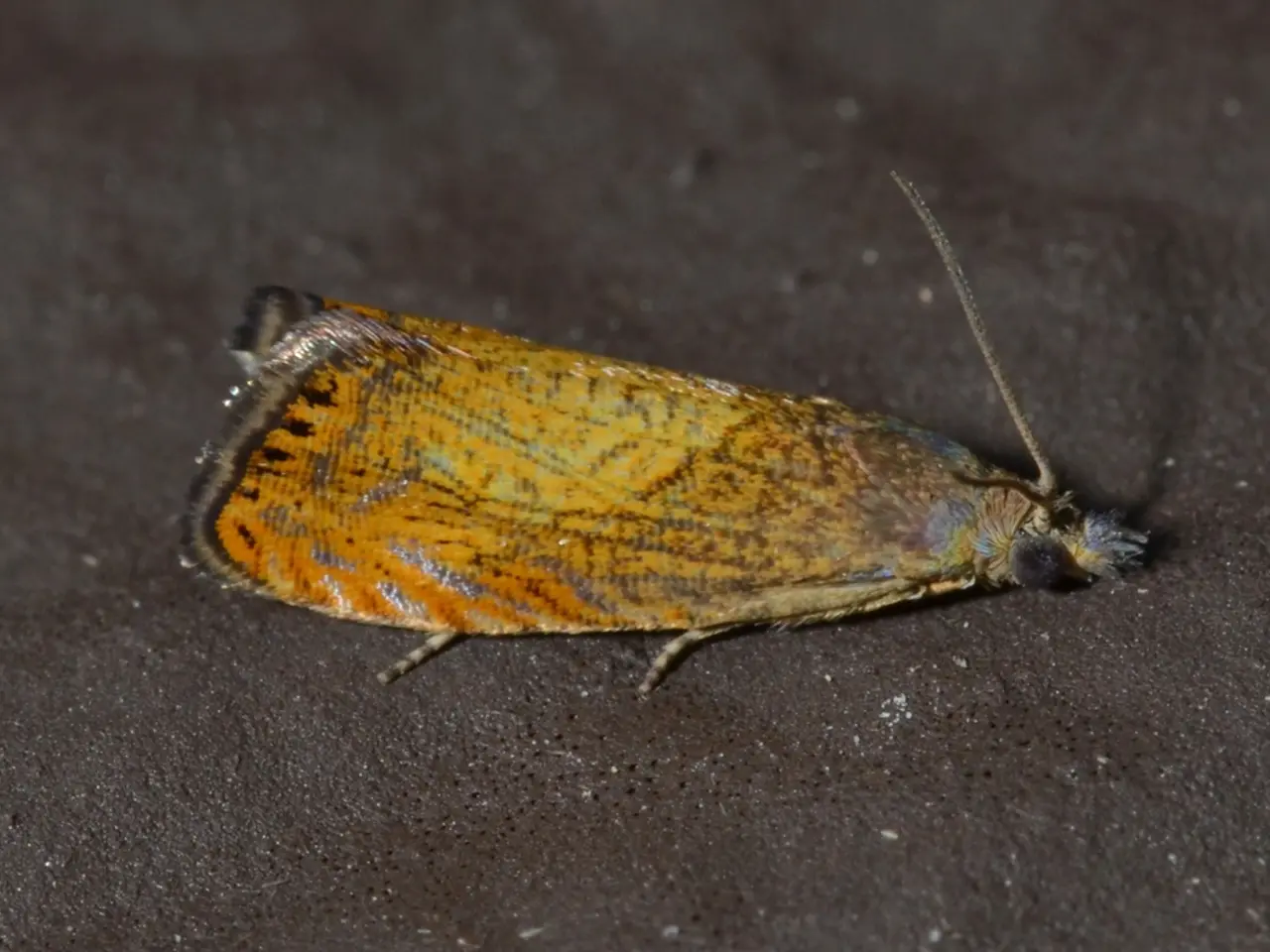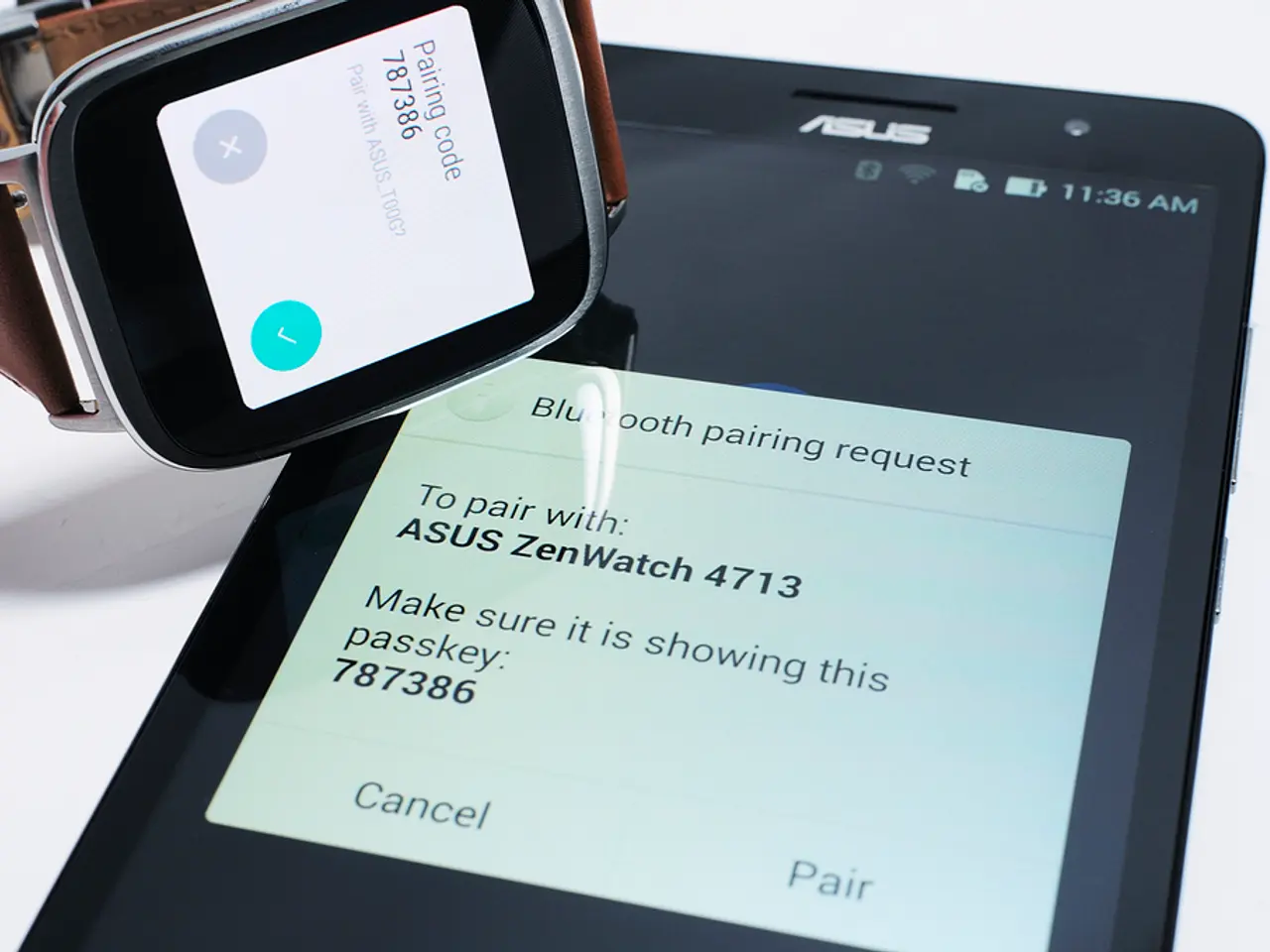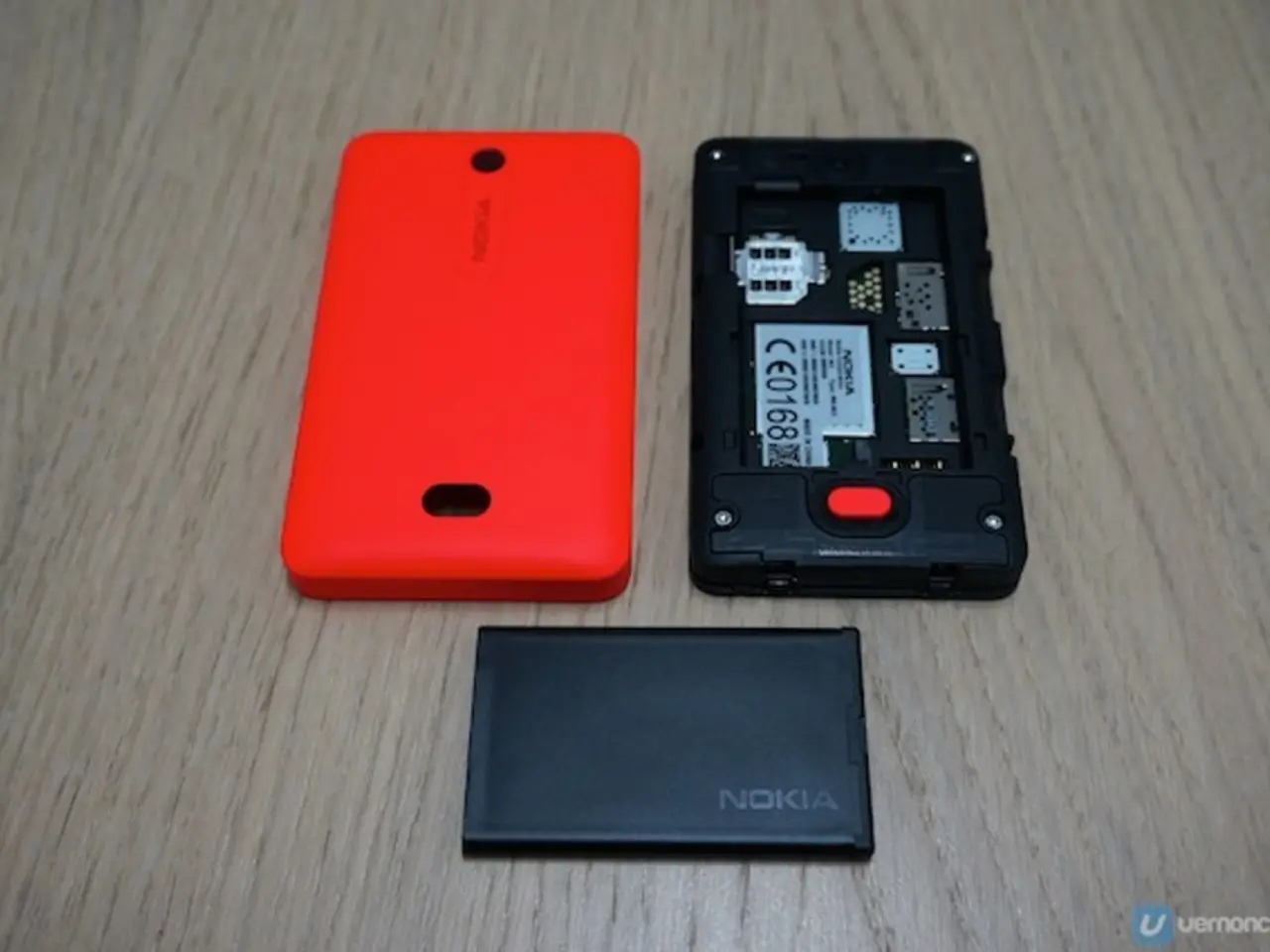Navigating Night-time Drone Operations: Guidelines for Recreational and Part 107 Pilots
Drone Operations at Night: New Rules for Part 107 and Recreational Pilots
The landscape of drone legislation continues to evolve rapidly, with the Federal Aviation Administration (FAA) supporting the thriving community of drone pilots. One of the latest developments concerns drone operations at night, which have become more flexible for certified Part 107 pilots.
As of April 21, 2021, Part 107 pilots can fly their drones at night without a waiver, provided that their drones are equipped with anti-collision lighting visible for at least three statute miles and blinking at a rate sufficient to avoid collisions. The relevant regulation is 14 CFR 107.29. This change has increased the flexibility of operations for drone pilots and eliminated a lot of the work that the FAA has to do in waiver processing.
For recreational drone flights at night, the rules are slightly different. While night flights have never been restricted, recreational drones need to be equipped with anti-collision lights. However, enforcement tends to be lighter if flying in safe, appropriate locations and following community-based guidelines such as those from the Academy of Model Aeronautics. Recreational pilots must pass the Recreational UAS Safety Test (TRUST) and follow the same basic safety precautions recommended for all operators.
When it comes to controlled airspace, both Part 107 pilots and recreational flyers need to request airspace authorization through the LAANC system. For Part 107 pilots, the application process remains the same, but the knowledge test content has been updated to include night operations. By late 2023, all drones operating in the national airspace (with the exception of a few pre-identified areas) will need to be equipped with Remote ID modules.
In terms of anti-collision lighting, The Pilot Institute has tested the top three most visible options for drones flying at night. The FireHouse Arc V, LumeCube Strobe, and FireHouse Arc 2 emerged as the most visible when mounted on drones. The FPV Freedom Coalition CBO guidelines do not require a strobe light if surrounding lights are bright enough to maintain line of sight with the UAS, but using a strobe light is still recommended to increase visibility from manned aircraft.
In summary, under the updated FAA regulations, Part 107 pilots can fly at night with anti-collision lights meeting visibility and flash rate standards without needing a waiver, while recreational pilots must adhere to TRUST and general safety guidelines but lack formal authorization or waivers for night flight. The Pilot Institute's Part 107 Made Easy course has been updated to include topics on night operations.
| Aspect | Part 107 Certified Pilots | Recreational Pilots | |-----------------------------|----------------------------------------------------------|---------------------------------------------| | Night Flight Allowed? | Yes, without waiver if drone has anti-collision lighting visible for 3 miles and blinking appropriately[1][5] | Generally discouraged; no official FAA night flight authorization, but lighter enforcement if safe operation and TRUST passed[3][4] | | Required Lighting | Anti-collision beacon or strobe visible for 3 statute miles, blinking[1][3][5] | Same lighting recommended if flying at night, but no formal authorization | | Certification | Must hold Part 107 Remote Pilot Certificate | Must pass TRUST test | | Waivers | Not required for night flights with proper lighting | No waivers available for night flying | | Other Requirements | Must comply with remote ID, airspace rules, line-of-sight, no flying over people without waiver | Follow community-based guidelines; line-of-sight; avoid manned aircraft | | Controlled Airspace | Requires LAANC authorization | Requires LAANC authorization |
[1] https://www.faa.gov/uas/regulations_policies/ [3] https://www.faa.gov/uas/recreational_flyers/ [4] https://www.faa.gov/uas/recreational_flyers/trust/ [5] https://www.faa.gov/uas/recreational_flyers/recreational_flyer_resources/
- The new rules for Part 107 pilots allow them to operate drones at night without a waiver, as long as their drones are equipped with anti-collision lighting visible for at least three statute miles and blinking at a rate sufficient to avoid collisions.
- While recreational drone pilots can fly their drones at night, they are subject to different rules. They need to follow the Recreational UAS Safety Test (TRUST) and equip their drones with anti-collision lights, but they lack formal authorization or waivers for night flight.




